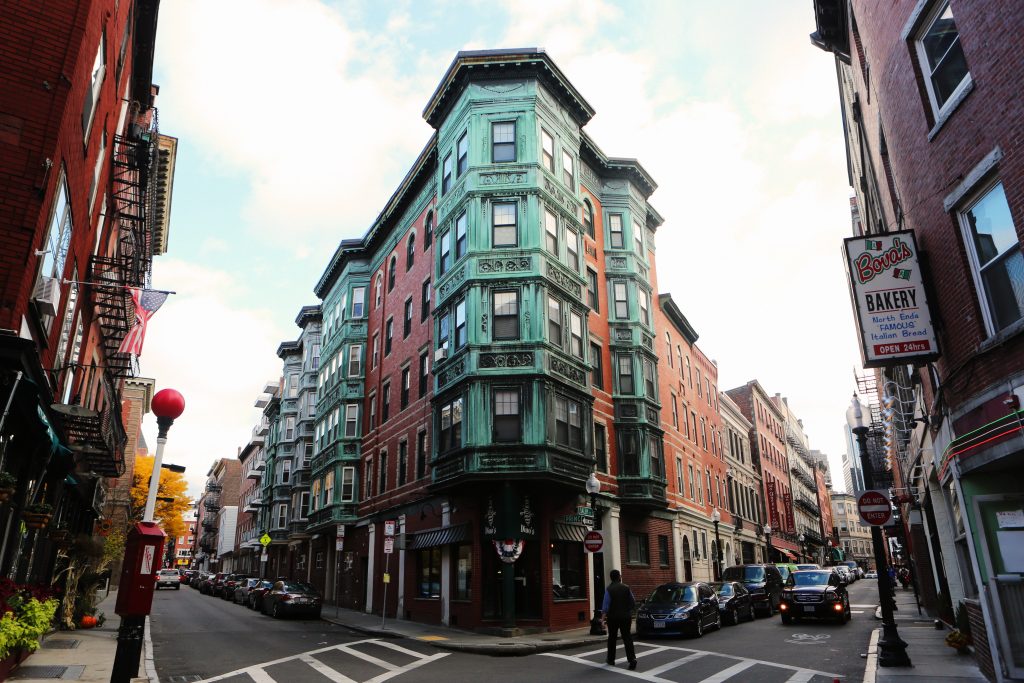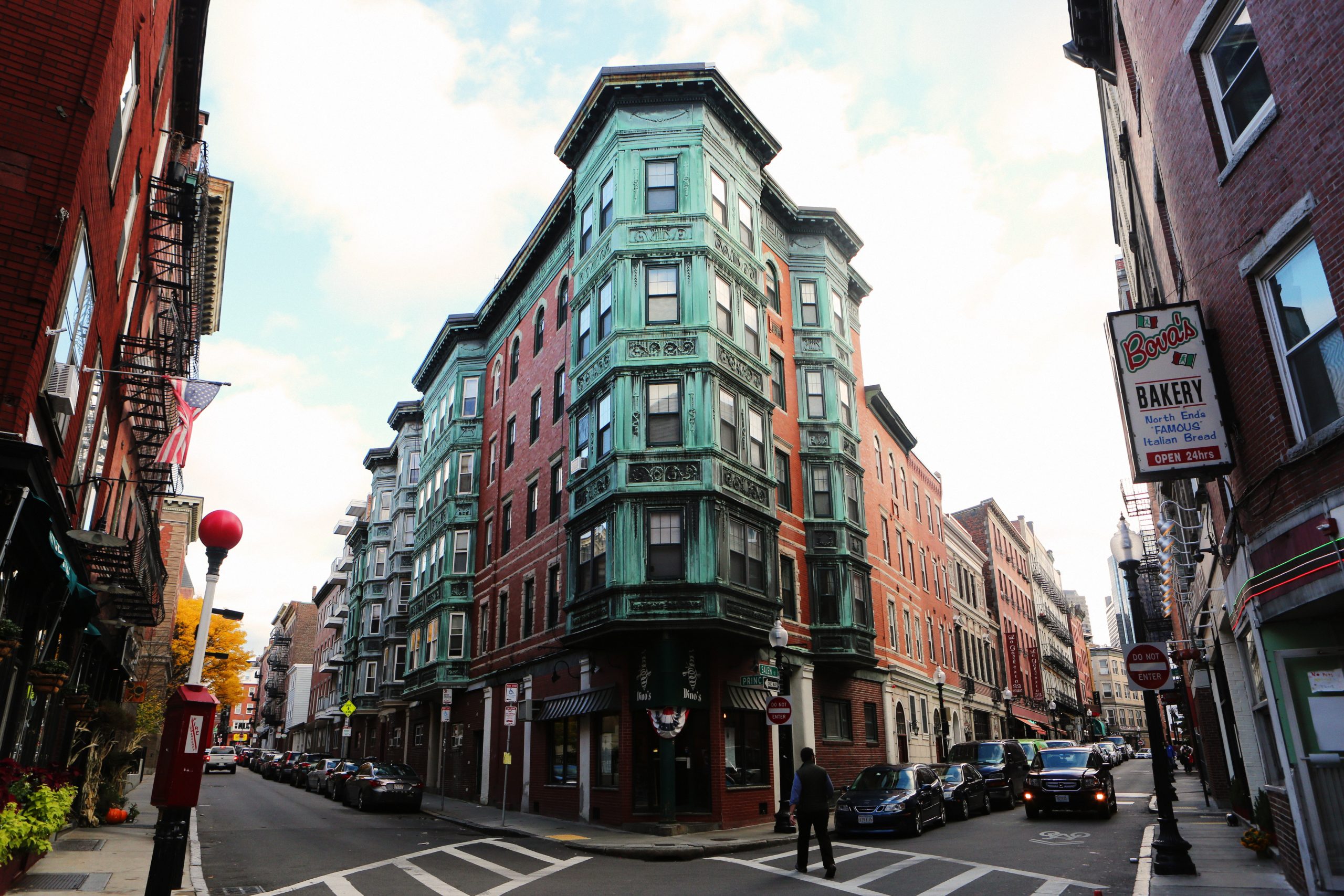Don't miss our holiday offer - 20% OFF!

Read also :Temperature Sensor: How They Work and Energy Efficiency
Smart cities are the future concept that incorporates technology to enhance efficiency, sustainability, and comfort. One crucial component in smart city management is precise weather monitoring. In this article, we will explore the vital role played by temperature and humidity sensors in creating efficient and comfortable smart cities.
Contents
Temperature Sensors: Understanding Weather Variability

Read also : Security and Privacy in Connected Parking Systems: Challenges and Solutions
Temperature sensors are technologies used to measure the air temperature in our surroundings. In the context of smart cities, the use of temperature sensors is crucial because air temperature can impact various aspects of daily life. Some essential roles of temperature sensors in smart city management include:
Efficient Energy Management
The right air temperature can contribute to more efficient energy management. For example, when the temperature becomes cooler at night, temperature sensors can automatically adjust room temperatures to lower settings, reducing air conditioning energy consumption. Conversely, when the temperature rises, these sensors can optimize the use of cooling systems.
Safety and Health
Temperature sensors also play a role in ensuring the safety and health of smart city residents. They can monitor extreme temperatures that could endanger human health, such as heatwaves or severe cold weather. These sensors can trigger early warnings and safety measures if temperatures reach potentially hazardous levels.
Humidity Sensors: Building Comfort

Read also : Security and Preparedness Enhanced by Smart EWS Technology
In addition to air temperature, humidity is also a crucial factor in creating comfort in smart cities. Humidity sensors assist in:
Indoor Comfort Regulation
Humidity sensors help measure indoor humidity levels. When humidity is low, automated systems can activate humidifiers to maintain a comfortable humidity level for occupants. Conversely, when humidity is high, these sensors can activate air dehumidifiers to prevent excessive moisture that can lead to health issues and structural damage.
Air Quality
Humidity also affects indoor air quality. Humidity sensors can work in conjunction with air quality sensors to ensure that indoor air remains healthy and comfortable to breathe.
Conclusion

Read also : Behind the Scenes: Humidity Sensors in Efficient Smart Buildings
In smart cities, temperature and humidity sensors play a vital role in creating an efficient and comfortable environment for residents. With the help of this technology, energy management can be improved, the safety and health of residents can be safeguarded, and indoor comfort can be significantly enhanced. Therefore, investing in weather sensor infrastructure is a wise step toward a smarter and more sustainable future.
As sensor technology continues to advance, we can be confident that their roles in smart city management will become increasingly essential and diverse. In the face of global climate change and the challenges of modern cities, temperature and humidity sensors are critical tools in maintaining the sustainability and comfort of smart cities.





